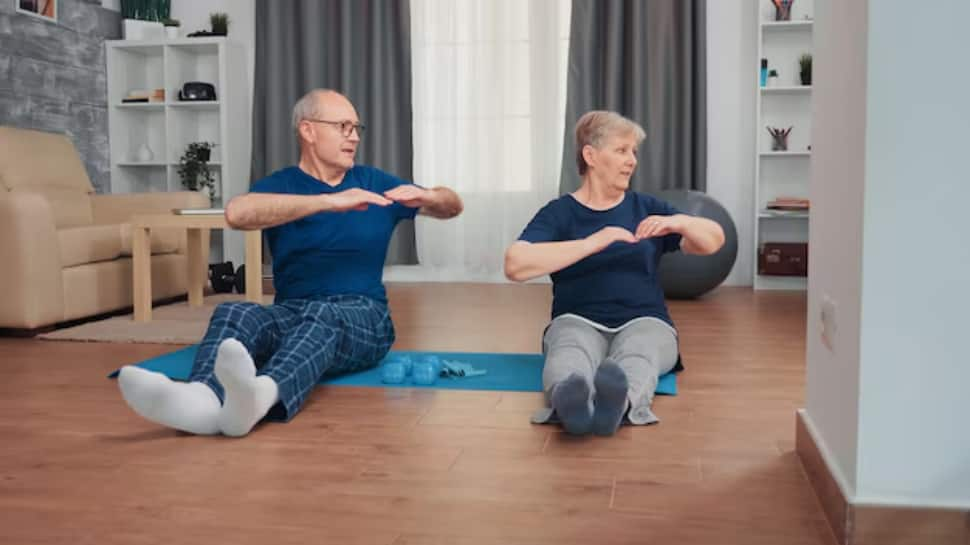According to Spoorthi S, fitness expert, cult “HIIT (High Intensity Interval Training) is generally popular because of it’s effectiveness and efficiency in a short duration. It helps you to simultaneously work on your muscular as well as cardiovascular health, it also helps improve overall metabolism.”
However, individuals over 40 may have concerns about injury risks associated with such intense workouts. The good news is that by taking several precautionary steps, HIIT can become a safe and enjoyable way to stay fit at any age.
1. Start slow and always prioritise form
Something as dynamic as HIIT, requires a cautious approach. Starting slow means easing into the workout routine to allow your body to adapt to the new stress levels. Begin your HIIT workouts with low-impact exercises such as brisk walking, cycling, or modified bodyweight movements. This approach helps you build a strong foundation without overwhelming your system.
Proper form means maintaining the right posture, alignment, and movement technique, which are essential for targeting the intended muscle groups and reducing strain on joints and ligaments. It is crucial because it helps prevent injuries and ensures maximum efficiency of each exercise. Poor form not only limits the effectiveness of the exercise but also increases the risk of acute injuries and chronic issues over time.
2. Always warm up well
Warming up is an essential component of any exercise regimen, as it prepares your body for the demands of an intense workout. A good warm-up increases your heart rate gradually, improves circulation, raises your core body temperature, and enhances muscle elasticity.
3. Focus on mobility and stability work
As we age, mobility and stability become critical components of functional fitness. Incorporating these elements into your routine enhances your overall performance and reduces the likelihood of injuries. Mobility exercises focus on increasing the range of motion in your joints, while stability exercises enhance your body’s ability to maintain control throughout movement.
4. Focus on good recovery
Recovery is an integral part of fitness, allowing your body to repair and strengthen itself between workouts. For individuals over 40, recovery becomes even more crucial due to changes in muscle elasticity and joint health. Good recovery includes various practices such as adequate sleep, proper nutrition, hydration, and active recovery days that involve low-intensity activities to keep your body moving without overtaxing it.
5. Get guidance so it suits your goal and need
Tailoring your HIIT routine to fit your individual fitness goals and physical needs is essential for safety and progress. Getting guidance from a certified fitness professional is a worthwhile investment, as they can help you design a personalized training program that considers your current fitness level, health history, and personal goals.
Professionals can offer you a variety of exercise alternatives to accommodate any limitations you might have, ensuring your routine is effective yet safe. Additionally, they can motivate you and provide adjustments and feedback on your technique. This personalised attention helps maintain consistency and motivation, which are critical for long-term success in any fitness program. By aligning your workouts with your personal needs and expectations, you enable yourself to achieve your goals more efficiently while minimizing the risk of injury.

